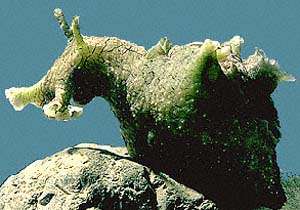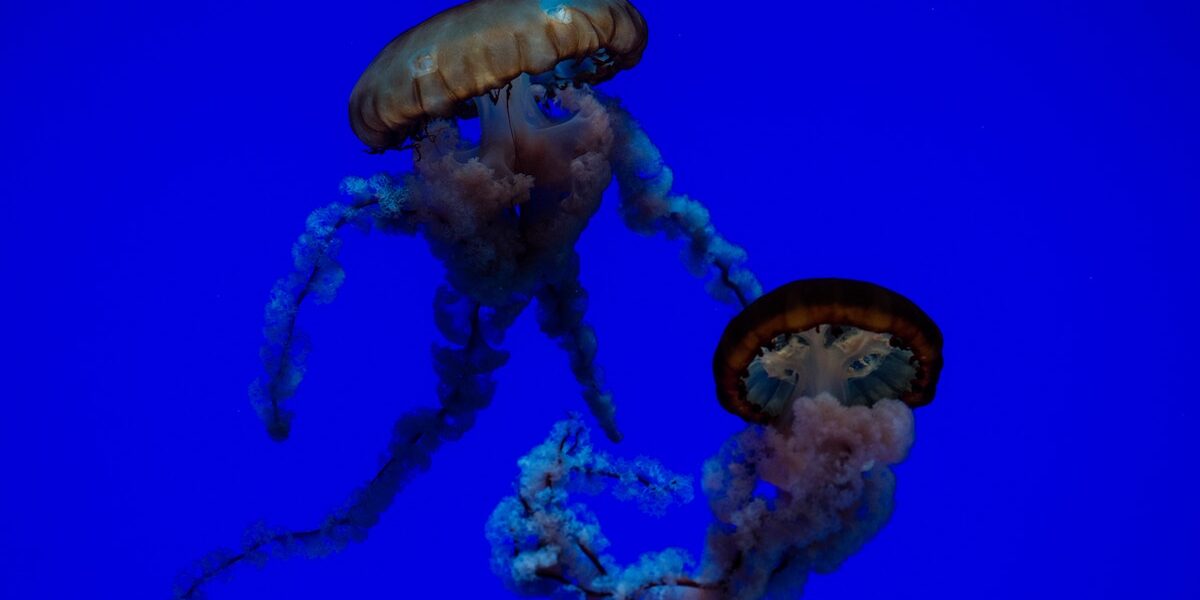This blog originally appeared on Ocean Noise a blog from Ocean Conservation Research
It is amazing how many people in the field of ocean science and conservation credit Jacques Cousteau as the inspiration for their love of the sea. Just when color TV was migrating into the American living room Cousteau was offering up a stunning and sumptuous trove of natural psychedelia to dazzle our imaginations. Without Cousteau’s Self-Contained Underwater Breathing Apparatus (SCUBA) and the photographs of collaborator Luis Marden it would be hard to imagine where the progress of ocean science (or the state of the ocean) would be right now. That so many people were drawn to love the sea by way of Cousteau’s offerings is a testimony to the impact that one visionary can have on the planet.
Unfortunately he missed one little point: By framing his most famous work under the rubric of “The Silent World” an important component of ocean ecological exploration got a really late start. It turns out that while there is a huge color pallet among the biota residing in the epipelagic or sunlight zone in the sea (200m and above), what is consistent throughout the entire water column is that sound perception really “rules the roost.” Given that so many sea creatures live in turbid waters and partial or complete darkness where visibility is limited, it is likely that the range of acoustical adaptations in the ocean has been largely unexplored.
The shame of this is that while we are just getting hints about acoustic sensitivities of marine life, most industrial, commercial, and military engagement with the sea has advanced under the misconception that the sea is a “Silent World,” and where the precautionary principle has been swept aside for expediency.
Of course the popularization of the “Songs of the Humpback Whale” and the early explorations into dolphin bio-sonar brought a lot of folks up to speed on our marine mammal “cognitive kin,” but aside from the exhaustive lab-based fish audiometry work done by Art Popper and Richard Fay, very little hearing – and perhaps more importantly, very few biological soundscape studies have been done with fish in mind. It is now becoming increasingly evident that even marine invertebrates depend on sound perception – and are being impacted by human-generated noise.
 A recent study published in Nature Science Reports reveals that shipping noise impairs the embryonic development and survival rate of sea hares by as much as 20%. Among other roles, these animals keep coral clear from algae – an important task giving all of the other environmental stressors that coral is currently suffering.
A recent study published in Nature Science Reports reveals that shipping noise impairs the embryonic development and survival rate of sea hares by as much as 20%. Among other roles, these animals keep coral clear from algae – an important task giving all of the other environmental stressors that coral is currently suffering.
Noise itself can be an indicator of healthy coral reef habitats – inasmuch as healthy habitats are dense with biological noise. A paper published recently in Marine Ecological Progress suggests that biological noise is an indicator of reef health and diversity and serves as a navigation cue for animals that would want to settle into the neighborhood. Good, dense, and diverse biological noise begets more diverse biological noise. But if this biological noise is obscured by acoustical “smog” then it will be hidden from new recruits.
Of course the implications of this in terms of long-term chronic industrial noise are pretty far-reaching. While most of the industrial and military noise mitigations are focused on preventing catastrophic deaths of marine mammals, if the unprotected fish and invertebrates and their habitats succumb to long-term degradation from lower-level disruptive noise the end results might be worse: A biologically “Silent World” with only the rumble of industrial noise to hear.







